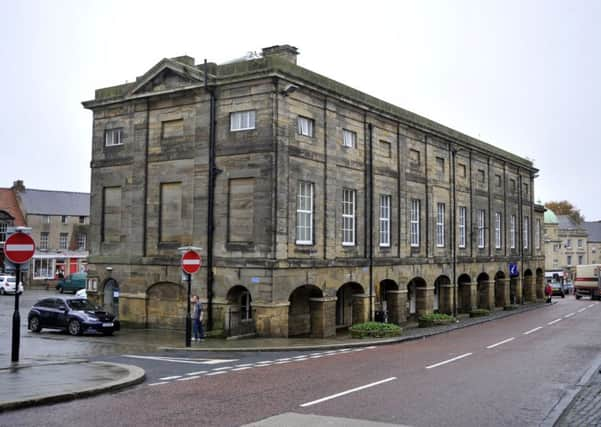Alnwick, Recorded Music Soc.


Member Peter Carter presented a fascinating selection of vintage recordings which clearly demonstrated the genius of Casals as one of the finest cellists of the 20th century. Indeed, some considered Casals to be the greatest musician of his generation.
He was also a fine conductor, although Peter concentrated on his cello performances.
Advertisement
Hide AdAdvertisement
Hide AdBorn in El Vendrell in Catalonia in 1852, he soon showed a love for the cello, but his father wanted him to become a carpenter. However, his mother insisted that he become a musician and he went to study at the Madrid Royal Conservatory.
Peter’s first choice of recordings was of the Largo from Handel’s Xerxes, played by Casals with an unknown orchestra in January 1915. Despite being over 100 years old, this recording still captured much of the power and charisma of his playing.
Casals’ greatest love was for the music of Bach and probably the most famous of his recordings are of the solo Cello Suites. Peter played recordings of movements of the third suite recorded in 1915, 1936 and 1955, demonstrating that his passion for this music was never diminished.
The Spanish composer Enrique Granados was a great friend of Casals, who arranged his Spanish Dance No.5 (Andaluza) for cello and piano. We heard a recording made in 1916.
Advertisement
Hide AdAdvertisement
Hide AdIn the early 1900s he spent a great deal of time in Paris, where he formed a famous trio with the pianist Alfred Cortot and the violinist Jacques Thibaud. Peter chose the andante from Schubert’s Piano Trio No.1, recorded in London in 1926.
Other fine examples of his playing were Faure’s Apres Un Reve with Nicolia Mednikov, a spectacular performance of Rimsky Korsakov’s Flight of the Bumblebee recorded in Barcelona, and the fourth movement of Brahms’ second Cello Sonata with Mieczyslaw Horszowski.
In Prague in 1937, Casals performed a memorable Dvorak Cello Concerto with the Czech Philharmonic, conducted by George Szell. His nationalistic fervour was well in evidence as, according to one reporter, he wielded his bow like a sword. We heard the first movement.
In October 1945 he recorded Elgar’s Cello Concerto with the BBC Symphony Orchestra, conducted by Adrian Boult. Peter selected the second movement of this distinctive performance.
Advertisement
Hide AdAdvertisement
Hide AdCasals was a strong supporter of the Spanish Republican Government and, after its defeat, vowed never to return to Spain until democracy was restored.
In 1936 he settled in the French Catalan village of Prades, where he established the famous Prades Festivals in 1950.
Two recordings from the Prades Festivals came next, the third movement of the Schubert String Quintet and the second movement of Beethoven’s Cello Sonata No.4, recorded in 1953 and 1955 respectively.
To end the evening, Peter chose an item which became a signature piece for Casals, The Song of the Birds, in a recording with the Prades Festival Orchestra in 1950.
Casals died in 1973 in Puerto Rico at the age of 96 after suffering a heart attack while playing dominoes.